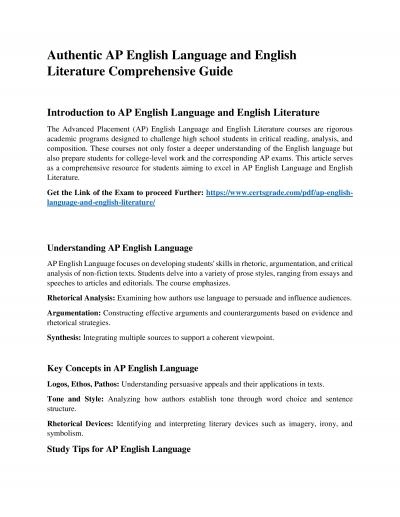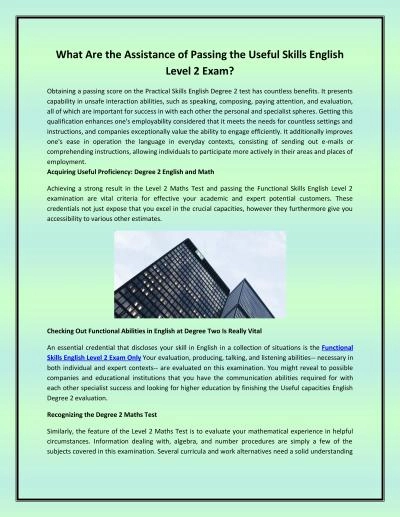PPT-Developing a useful measure of French-English cognate aware
Author : pasty-toler | Published Date : 2017-09-28
Marlise Horst Concordia University Tom Cobb Université du Québec à Montréal Joanna White Concordia University AAAL March 2013 Acknowledgements 2 We thank
Presentation Embed Code
Download Presentation
Download Presentation The PPT/PDF document "Developing a useful measure of French-En..." is the property of its rightful owner. Permission is granted to download and print the materials on this website for personal, non-commercial use only, and to display it on your personal computer provided you do not modify the materials and that you retain all copyright notices contained in the materials. By downloading content from our website, you accept the terms of this agreement.
Developing a useful measure of French-English cognate aware: Transcript
Download Rules Of Document
"Developing a useful measure of French-English cognate aware"The content belongs to its owner. You may download and print it for personal use, without modification, and keep all copyright notices. By downloading, you agree to these terms.
Related Documents

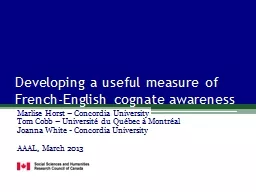
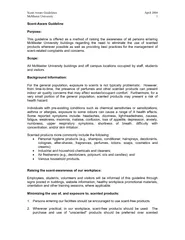
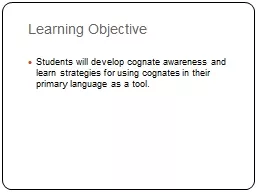
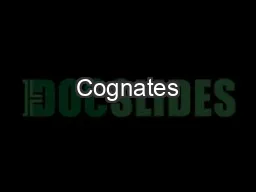

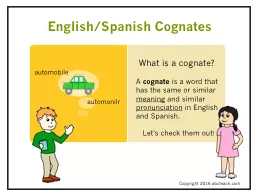
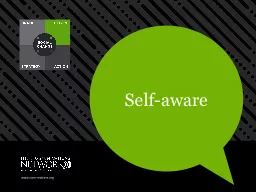




![[PDF READ ONLINE] Dahl\'s Law Dictionary: French to English/English to French an Annotated](https://thumbs.docslides.com/1019656/pdf-read-online-dahl-s-law-dictionary-french-to-english-english-to-french-an-annotated-legal.jpg)
